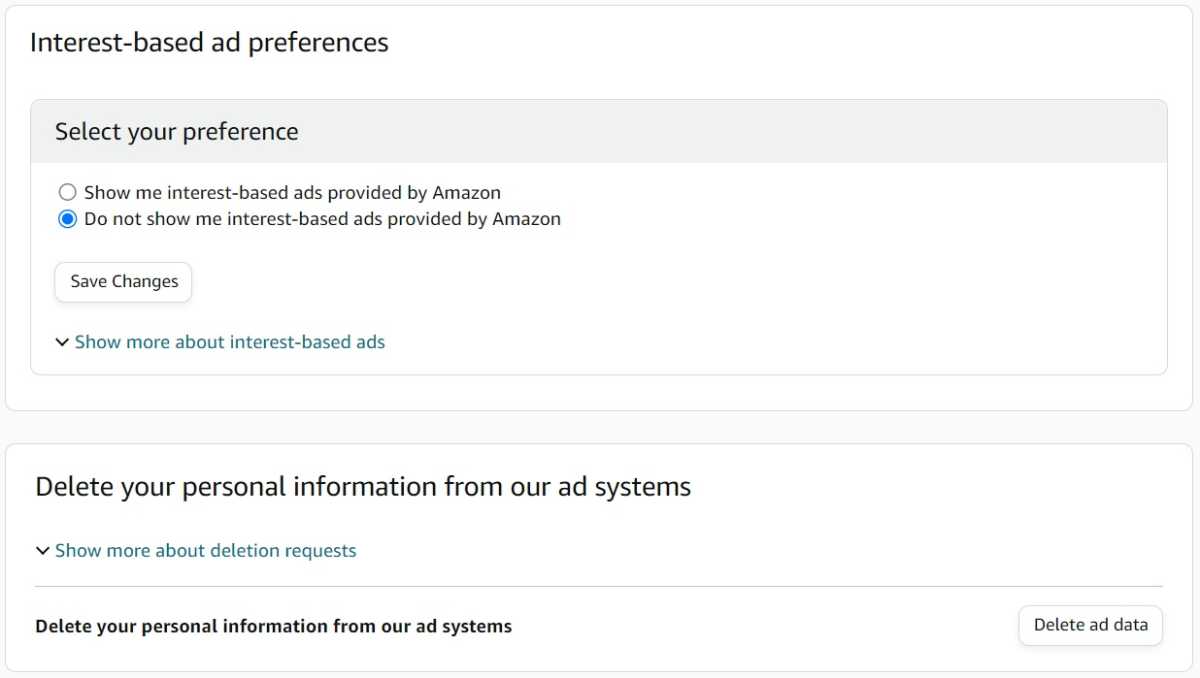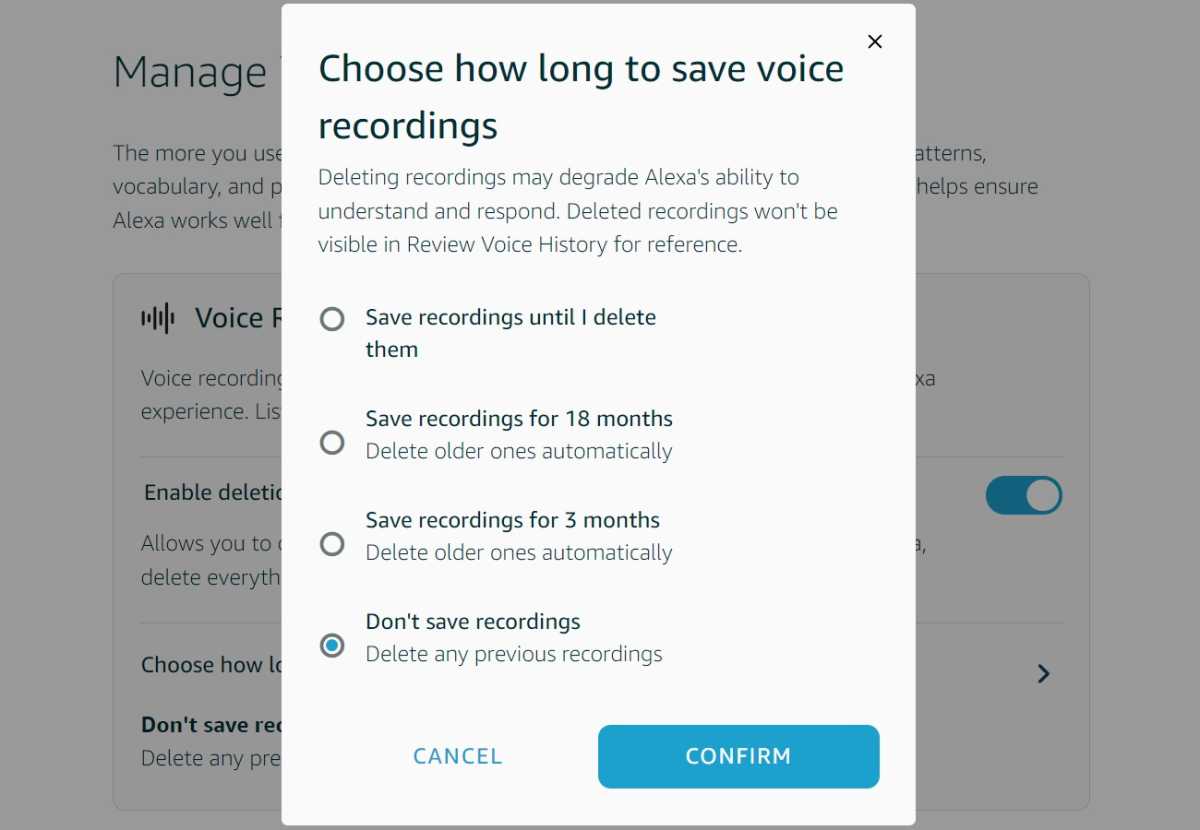Amazon, like many tech giants, collects substantial user data for targeted advertising and Alexa development. However, you can significantly reduce or even prevent this data collection with a few strategic adjustments. This guide will walk you through minimizing Amazon’s data footprint, ensuring your privacy remains protected.
 Amazon targeted ad opt out form
Amazon targeted ad opt out form
Opting Out of Targeted Ads
Amazon’s targeted ads, while intended to be helpful, can sometimes feel intrusive. Fortunately, disabling them is straightforward. Navigate to Amazon’s Advertising Preferences page and select “Do not show me interest-based ads provided by Amazon.” This prevents your purchase history from influencing the ads you see across the web. Further enhancing your privacy, the “Delete ad data” button removes existing information from Amazon’s ad systems.
Limiting Alexa’s Data Collection
 Alexa
Alexa
For those who utilize Alexa-enabled devices, managing data collection is crucial. On Amazon’s Alexa privacy page, several key settings can be adjusted:
- Voice Recordings: Under “Voice Recordings,” select “Don’t save recordings” to prevent Amazon from storing audio of your commands.
- Smart Home Device History: Minimize data retention by selecting the three-month option under “Smart Home Device History.”
- Detected Sounds History: Similarly, choose the three-month option for “Detected Sounds History.”
- Help Improve Alexa: Disable both “Use of voice recordings” and “Use messages to improve transcriptions” to further restrict data usage.
Minimizing Data Collection on Amazon Devices
 Data collection options for Fire devices
Data collection options for Fire devices
Fire tablets and Kindle e-readers also collect data. On the Devices Privacy page, select each device individually and disable “Device Usage Data,” “Interest-based ads,” and “Collect App Usage Data.” Remember to repeat this for every registered device.
Hiding Your Browsing History
 Amazon browsing history settings
Amazon browsing history settings
On shared computers, managing your browsing history is essential for maintaining privacy. Visit Amazon’s Browsing History page, click the down arrow next to “Manage History,” and toggle “Turn Browsing History on/off” to disable it.
Conclusion
Taking control of your data is paramount in today’s digital landscape. By following these steps, you can effectively manage the information Amazon collects, ensuring a more private and secure online experience. Regularly reviewing and updating these settings will help you maintain control over your data footprint.











